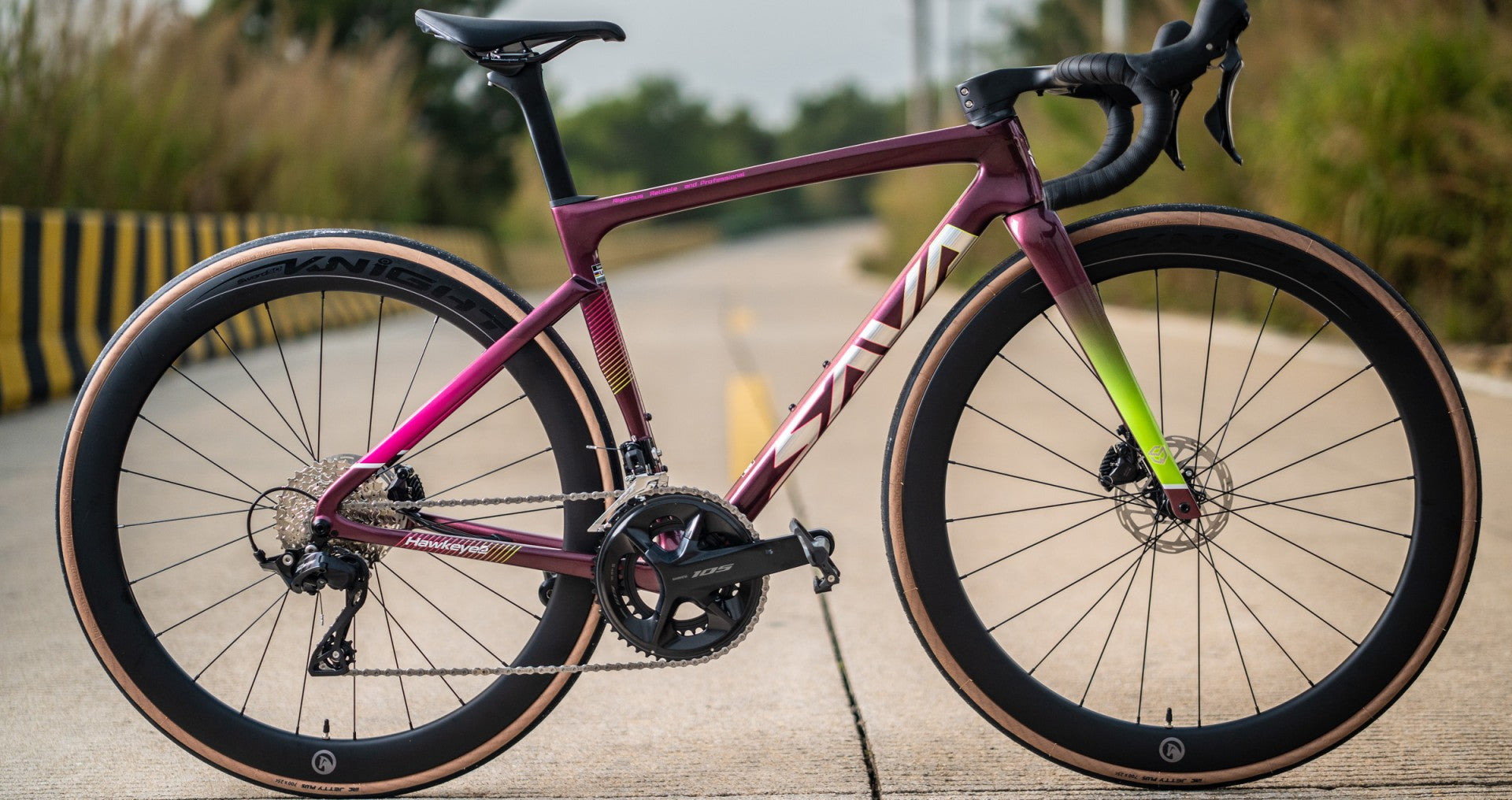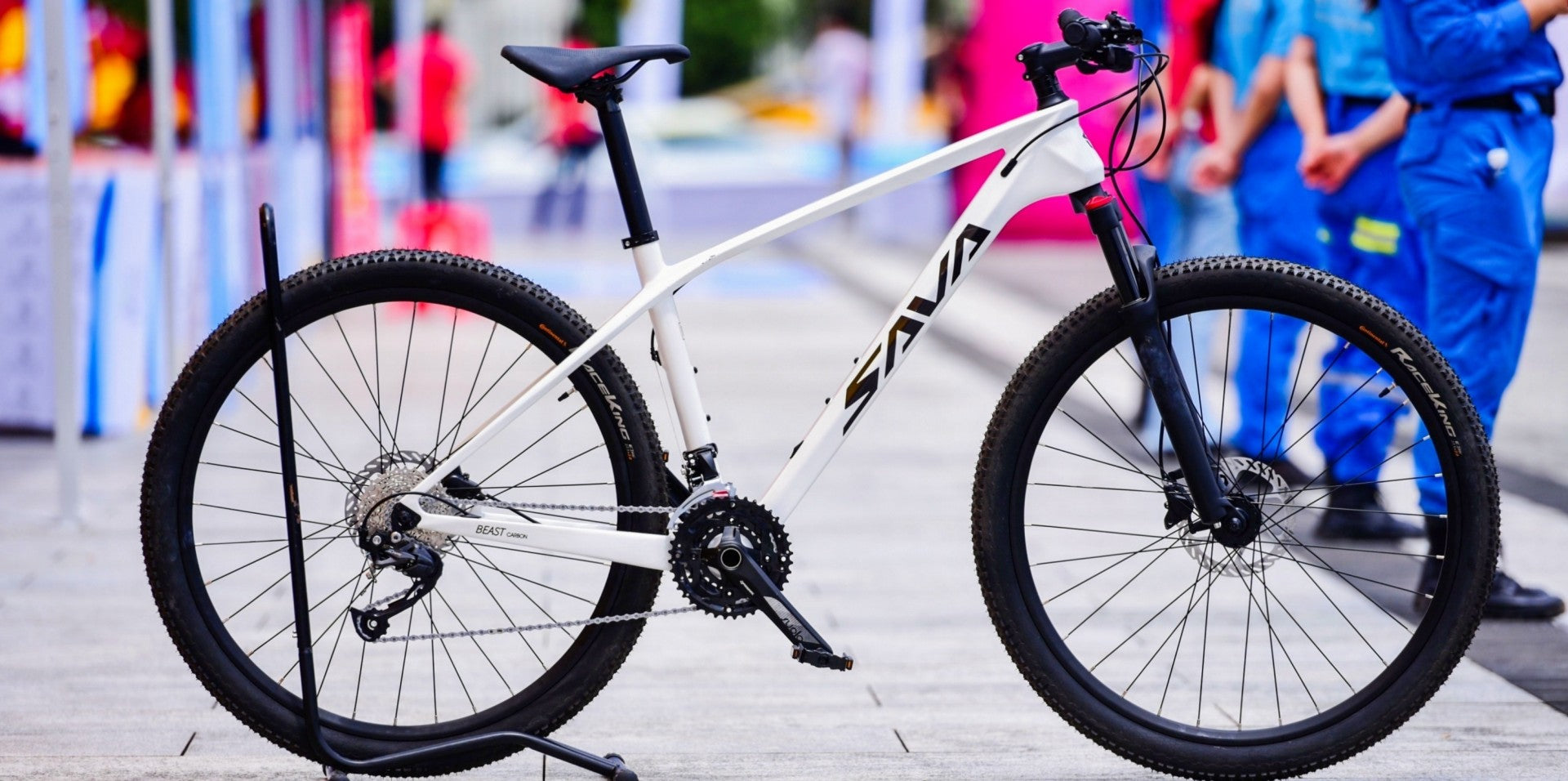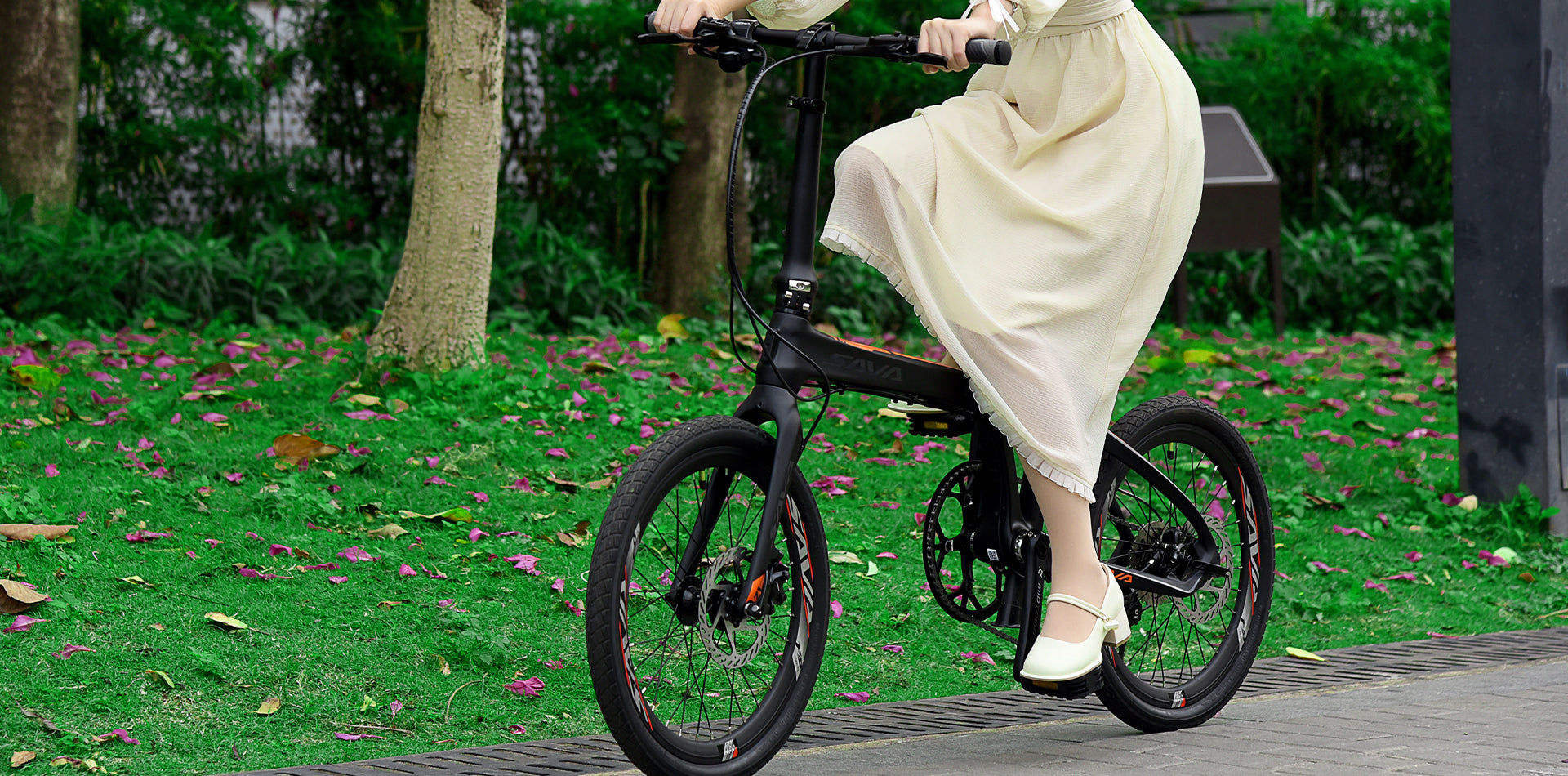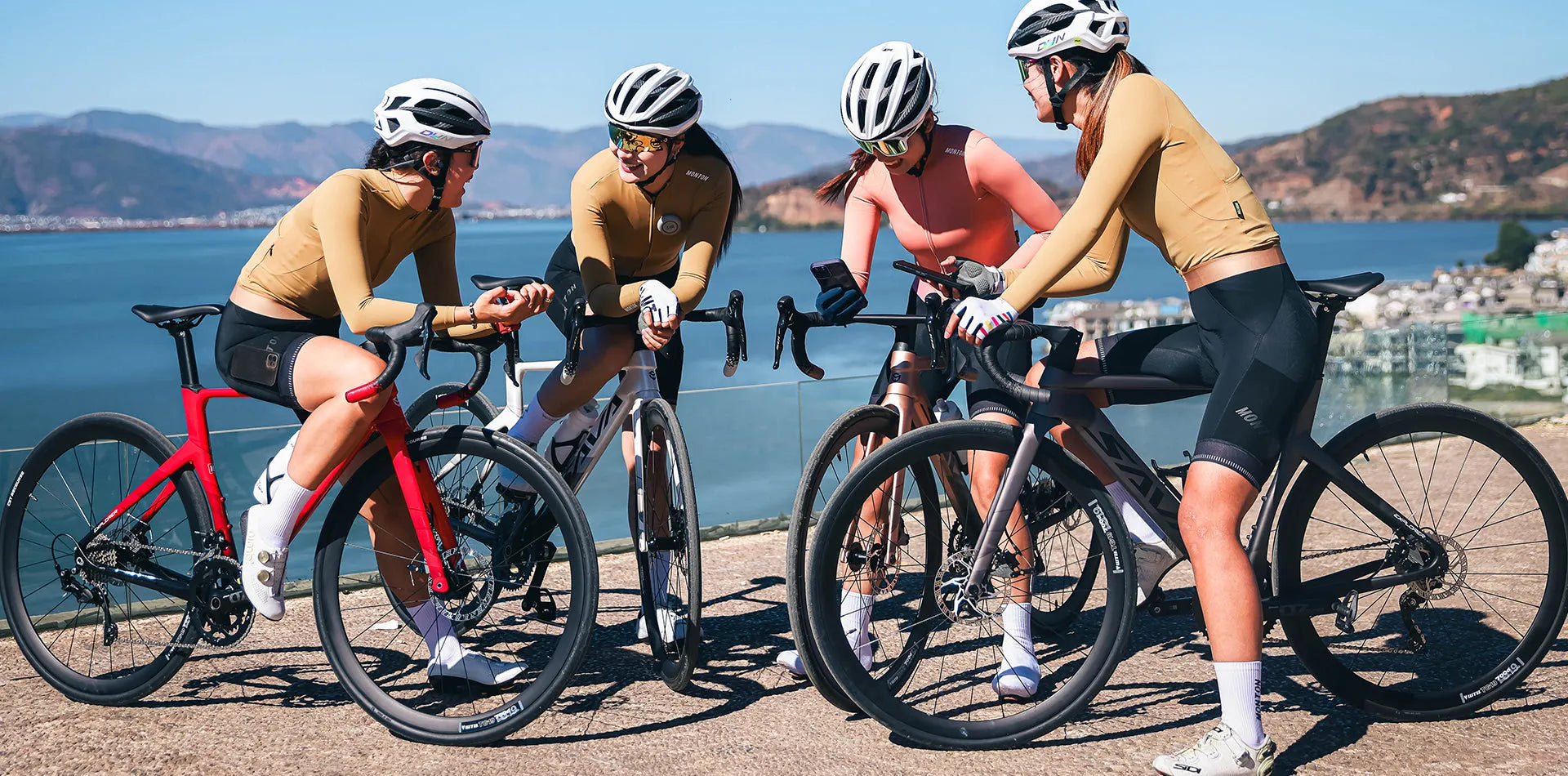How to choose an entry-level gravel bike?
Choosing an entry-level gravel bike involves considering several key factors to ensure you get a bike that suits your needs, budget, and riding style. Here are some steps and tips to guide you through the process:
Who is good for gravel road bike?
- Need to handle a variety of unpaved surfaces
- No racing needs but don't want to mountain bike
- Love to travel and explore unfamiliar places
- long distance light/heavy riding
- Adequately budgeted:Entry-level gravel bikes typically range from $1000 to $2000. Setting a budget will help narrow down your options and focus on bikes that offer the best value within your price range.
So what are the best ways to choose a gravel bike to start with?
1.Assess Your Riding Needs
Consider where and how you plan to ride:
- Terrain: Will you be riding on smooth gravel paths, rough trails, or a mix of both?
- Distance: Are you planning short rides, long adventures, or multi-day bikepacking trips?
- Usage: Will the bike be used for commuting, weekend adventures, or competitive events?
2. Frame Material
Entry-level gravel bikes commonly come in these materials:
- Aluminum: Lightweight, affordable, and durable. Good for most entry-level riders.
- Steel: Offers a comfortable ride with a bit more weight. Known for its durability and classic feel.
- Carbon: Lighter and smoother, but generally more expensive. Rare at the lower end of the entry-level range.
3. Bike Geometry
Gravel bikes have more relaxed geometry compared to road bikes, offering comfort over long distances and stability on rough terrain. Look for:
- Stack and Reach: Higher stack (height) and shorter reach (length) for a more upright and comfortable position.
- Wheelbase: Longer wheelbase for better stability.
4.Components and Groupset
Entry-level bikes often come with a mix of component groups. Focus on:
- Drivetrain: A 1x (single chainring) or 2x (double chainring) setup. 1x is simpler and lighter, while 2x offers a wider range of gears.
- Brakes: Disc brakes are standard on gravel bikes, providing better stopping power in various conditions. Mechanical disc brakes are common at the entry level, while hydraulic disc brakes offer better performance but at a higher cost.
- Tires: Wider tires (35-45mm) with tread suited for gravel provide better grip and comfort. Tubeless-ready wheels and tires are a plus.
5. Comfort and Fit
Getting the right size is crucial. Visit a bike shop for a proper fitting or refer to the manufacturer’s size chart. Look for features like:
- Adjustable handlebars and stems: To customize your riding position.
- Comfortable saddle: Though personal preference, many entry-level bikes come with decent saddles that can be upgraded later.
6. Additional Features
- Mounts: For racks, fenders, and extra water bottle cages if you plan to bikepack or commute.
- Fork: Carbon forks can be found on some aluminum frames and can reduce weight and absorb vibrations better than aluminum.
Conclusion
Choosing the right entry-level gravel bike involves balancing budget with the key features that matter most for your riding style. Focus on frame material, geometry, components, and comfort. Choosing the right entry-level gravel bike requires balancing your budget with the key features that are most important to your riding style. SAVA Hulk gravel bike is one of the first entry-level gravel bikes. It is equipped with a carbon fiber frame and front fork. It is light in weight and has good shock absorption effect. It is also equipped with a Shimano grx transmission system and a hydraulic oil disc. You have good braking in any road conditions and weather. It is compatible with up to 45C tires to provide better grip. It is equipped with a bracket that can install a rear seat, allowing for long-distance outdoor adventure travel. The key is that the price of the SAVA gravel bike is at At less than 2,000 US dollars, this configuration and price are very competitive in the bicycle industry.Hope the above content is helpful to you.









Lascia un commento